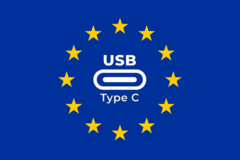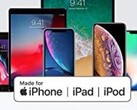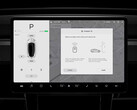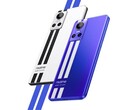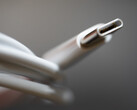The European Union (EU) announced this summer that most mobile electronics, including smartphones, would have to include a USB-C port for charging at some point in the future. The EU has finally determined that date. Starting December 28, 2024, most mobile gadgets will have to include USB-C charging.
The ruling from the EU pertains to a variety of electronics categories, including smartphones. In order for manufacturers to sell their gadgets in EU member states, they have to be able to be charged via USB-C.
Laptops will have to include USB-C charging some time in 2026.
The news about the EU's push to a standardized charging method garnered a lot of attention primarily for one reason: the iPhone. Apple's flagship phone has relied on a proprietary port for both data and charging since its inception in 2008. Apple's iPhones used a 30-pin connector before switching to the current Lightning form factor with the iPhone 5 in 2012. Even the latest iPhone 14 and iPhone 14 Pro lines continue to use Apple's proprietary port.
Keep in mind that the USB-C standards covers a wide variety of specs as far as voltages, charging speeds, and data transfer rates go. USB-C is simply the form factor, or shape, of the connector. The hardware in the wiring can vary radically. For instance, USB-C can pertain to a USB 2.0 cable with transfer rates that cap out at 480 MB/s or to a Thunderbolt 4 cable with rates up to 80 Gbps, roughly 167 times faster than USB 2.0. USB-C chargers can also vary in charging rates, ranging from 1 Watt up to roughly 240 Watts in the newest cables.
Buy a Minix 66 Watt USB-C fast charger with US, UK, and EU plugs at Amazon.




